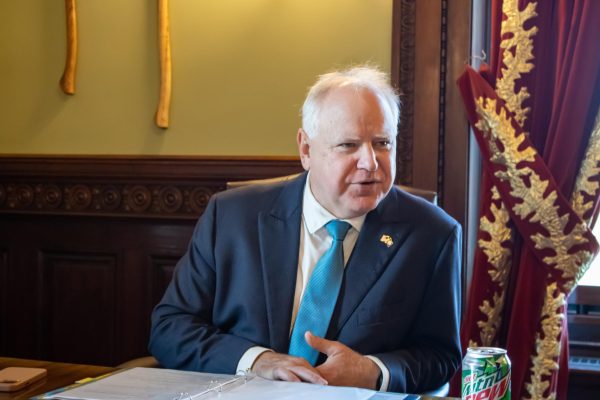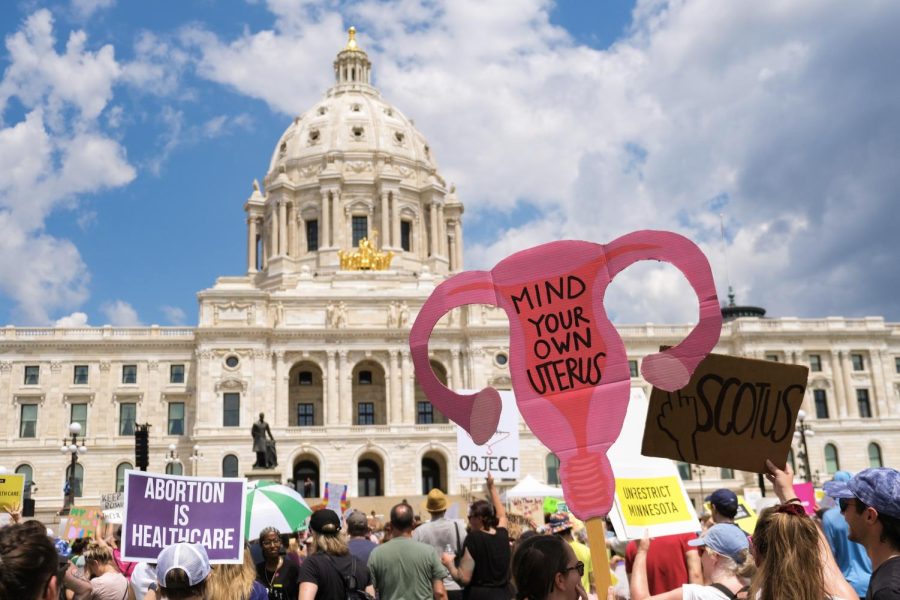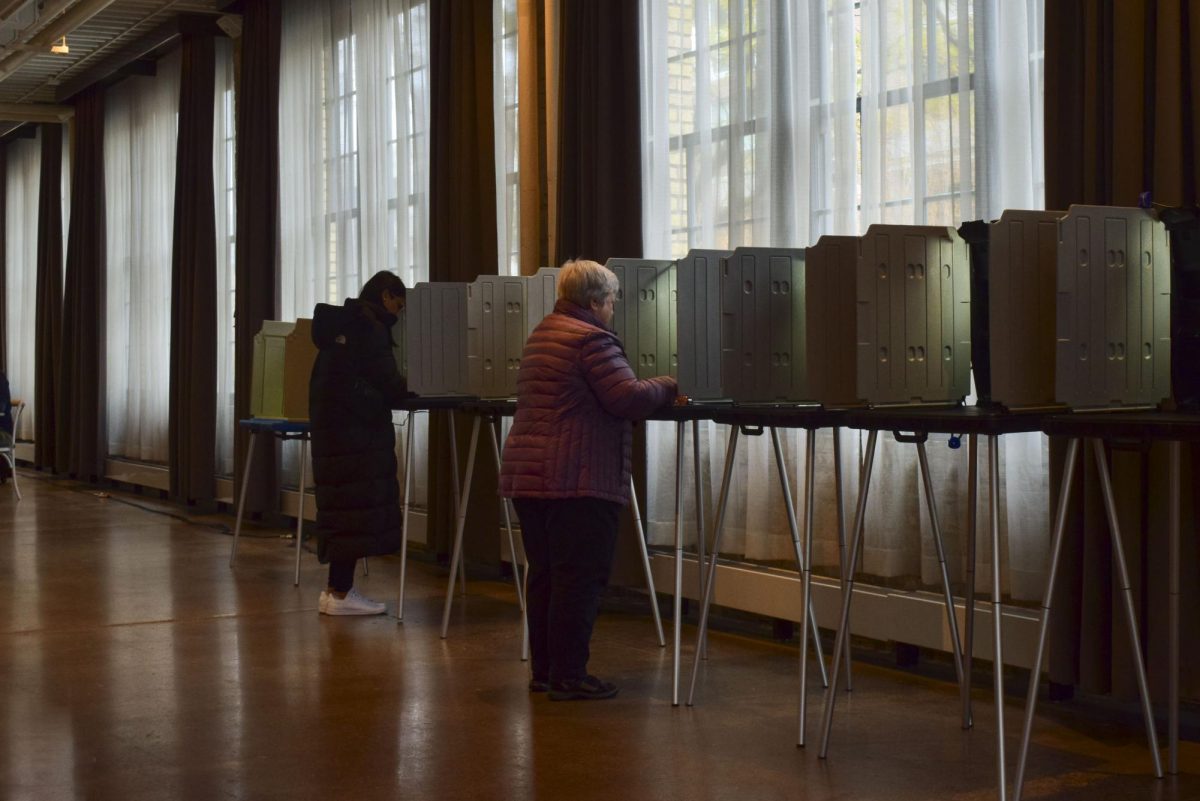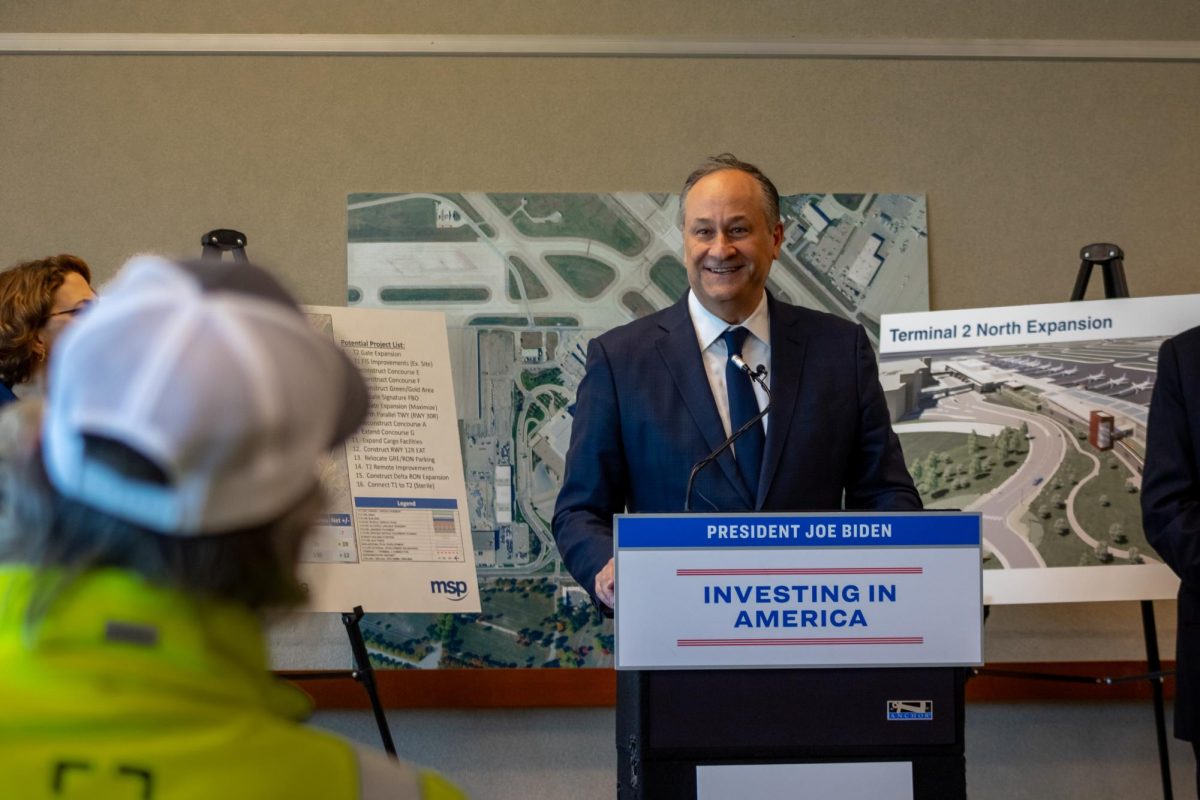When President Obama signed the American Recovery and Reinvestment Act Tuesday, higher education became $50 billion to $75 billion richer. The portion of this the University of Minnesota will actually see over the next two years, however, is still unclear. While the stimulus bill largely benefits higher education, most notably through increases in Pell and research grants, how the allotments will affect universities is yet to be known. But thatâÄôs not keeping the University of Minnesota from hoping. University President Bob Bruininks ap plauded the bill and the research and student benefits it holds in a Friday news release. âÄúThis is a fantastic initiative and opportunity for the University of Minnesota,âÄù he said in the news release. âÄúIt recognizes education, and research universities in particular, play in building our economy.âÄù Higher Education Committee Chair Sen. Sandra Pappas, however, said higher education in Minnesota is not guaranteed any of the funds of the stateâÄôs stabilization funds devoted to education. Pappas also warns that while the stimulus package will help, it is not going to come anywhere close to fixing the University of MinnesotaâÄôs budget crisis. âÄúThere is still going to be deep cuts,âÄù she said. âÄúThe University is still going to have to prioritize, think about closing departments.âÄù Among one of the expected highlights for students at the University is that each student who benefits from a Pell grant will see up to a maximum $500 increase. But higher education advocates in the Minnesota Legislature are concerned students wonâÄôt see much of the increase because the Pell grant is paired up with state aid. In the past, the Legislature has decided to reduce state aid when Pell grant funds have gone up, which levels out the increase and brings money into other funds, said LegislatureâÄôs Higher Education Committee Minority Leader Sen. Claire Robling. Students will be receiving at least some of the increase, said the Minnesota Office of Higher Education spokesperson Barb Schlaefer. The state agency provides students with financial aid. The stimulus package also includes a $2,500 education tax credit, 40 percent of which would be refundable and a $200 million increase in work study funds, both of which will benefit students nationwide. $16 billion will also be given to various federal agencies for research grants, many of which University of Minnesota faculty regularly apply for. According to the UniversityâÄôs Office of the Vice President of Research, the state of Minnesota expects to receive about $670 million specifically for elementary, secondary and higher education and early childhood education as needed, and another $150 million for broader purposes like facility modernization.
Stimulus: higher education
The U may not end up with any additional money from the stimulus, other than Pell grant funds for students.
Published February 18, 2009
0
More to Discover







